The gardens of Villa Burrus Park - SAINTE CROIX AUX MINES
The 3.4-hectare Villa Burrus park is home to remarkable trees planted from the outset: American red oak, lime, maple, cedar, majestic ash and beautiful purple beech. New species have been introduced more recently: tulip tree, Ginkgo biloba, sequoia, morus nigra, albizias...
Today, the park is maintained by CCVA services and the volunteer association Un Jardin Passionnément, which since 2003 has created several themed plots: a "wild" undergrowth, a garden of aromatic and medicinal plants, a 7-acre flowering kitchen garden with an original structure, an educational pond, a tunnel of 230 rosebushes and a singular patchwork garden of 18 plots planted with perennials, designed according to the rule of the golden ratio. Each square plot features a traditional patchwork pattern, an art form developed by the Amish community born in Sainte Marie aux Mines in the late 17th century.
The beautiful old greenhouse, the pond, the restored gazebo and the former outbuildings are all landmarks for the visitor, contributing to the harmony of this magnificent, serene space. In 2013, the association created Physalis, an imposing living willow structure built by 250 volunteers as part of a participative workcamp.
The Parc de la Villa Burrus estate was developed by industrialist and botany enthusiast André Burrus in 1935, who lived there until 1974. Transformed into a regional music center between 1977 and 1990, the property was bought by the Communauté de Communes in 1997.
The Communauté de Communes set up its offices in the former garages and transformed the Villa into a media library (2004).
 Stays
Stays Liesel guides you
Liesel guides you Greeters
Greeters Bike and mountainbike
Bike and mountainbike Sports and leisures
Sports and leisures Ski and Snow
Ski and Snow Munster and Storks
Munster and Storks Local knowledge
Local knowledge Sites, Museums and traditions
Sites, Museums and traditions Animals discoveries
Animals discoveries Explore while having fun
Explore while having fun The vineyard
The vineyard Munster cheese
Munster cheese Restaurants
Restaurants unmissable experiences
unmissable experiences Culture and performing arts
Culture and performing arts


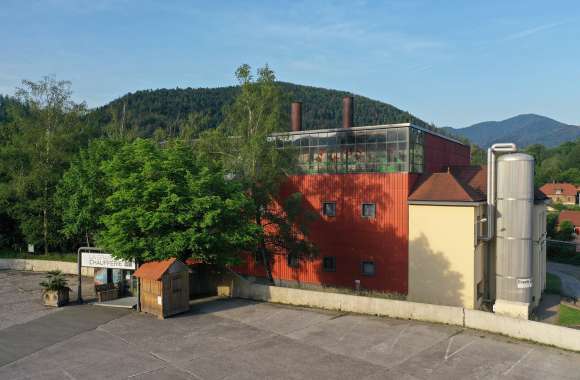
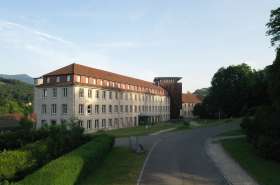
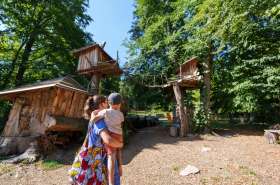

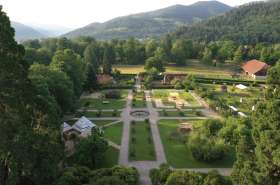
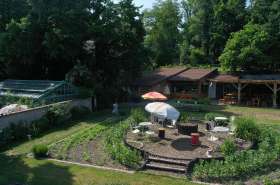
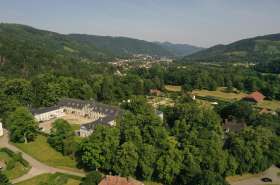
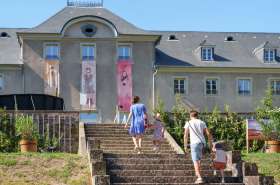
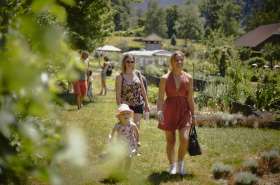
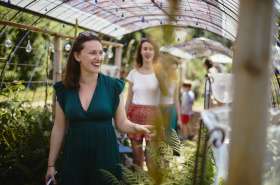










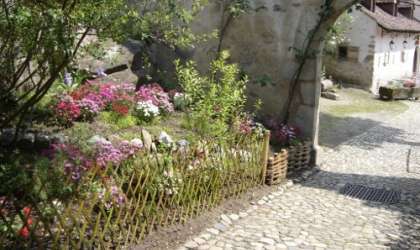
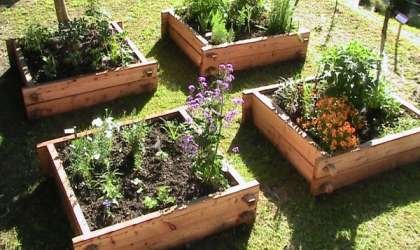
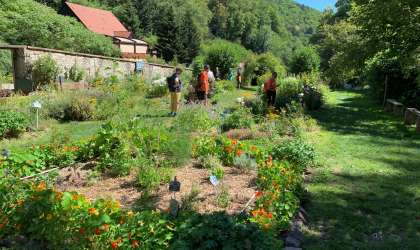
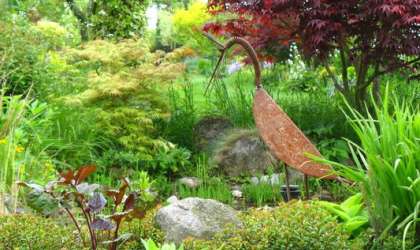
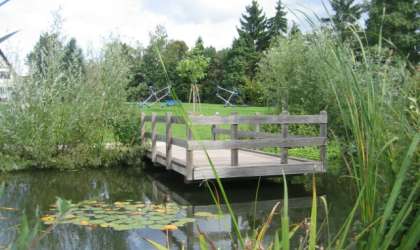
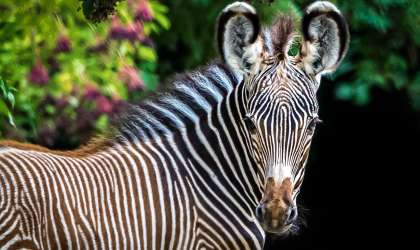
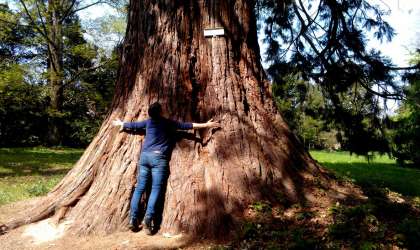
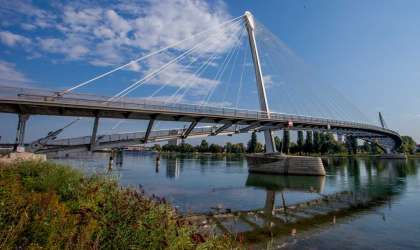
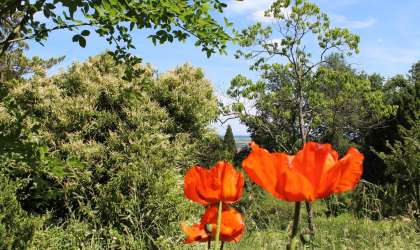
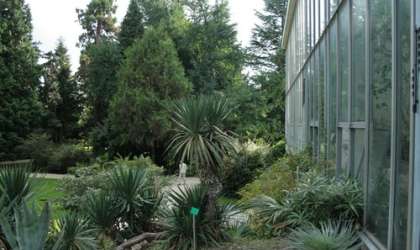
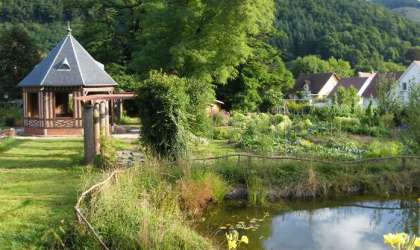
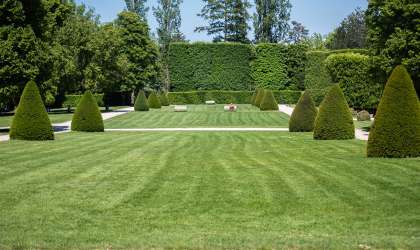
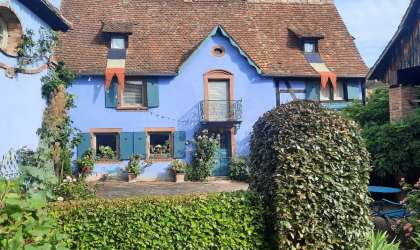

Every summer, the Festival of Hybrid Gardens gives seasoned artists and students the opportunity to create temporary works of art with plants on the theme of textiles, using vegetables, fruit, textile plants, herbs and flowers.